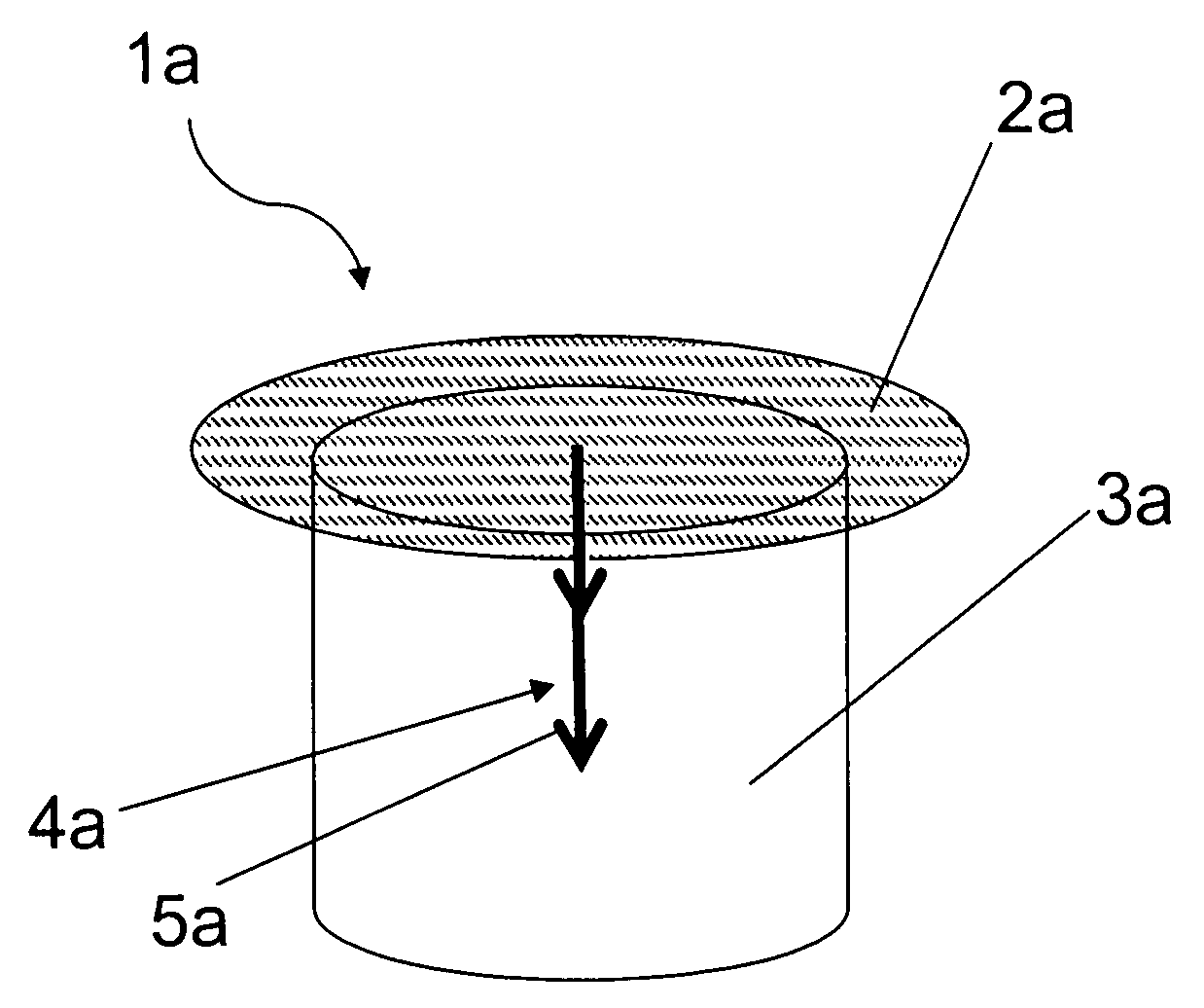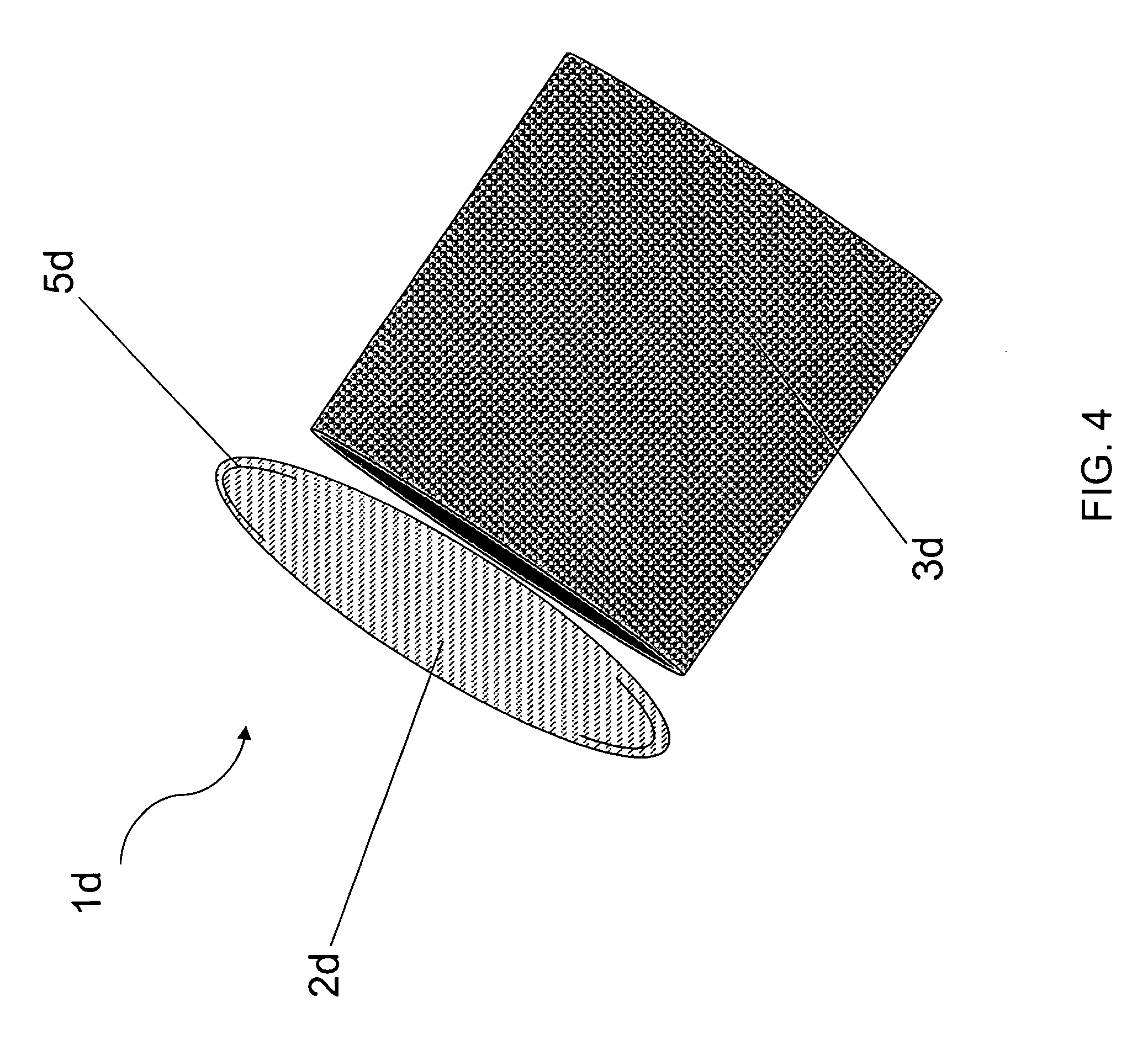Implant designs and methods of improving cartilage repair
a cartilage repair and implant technology, applied in the field of in situ cartilage repair implants, can solve the problems of inability to improve cartilage repair, degenerate, bone spur formation and decrease motion, lack of healthy cartilage (fibrocartilage), etc., to prevent the influx of synovial fluid
- Summary
- Abstract
- Description
- Claims
- Application Information
AI Technical Summary
Benefits of technology
Problems solved by technology
Method used
Image
Examples
example 1
[0122]Having generally described the implant, the following specific example is offered for purposes of illustration and only for illustration. No intention to limit the invention should be inferred. An implant for cartilage repair in keeping with the present disclosure may be prepared as follows:
[0123]The implant is manufactured by dissolving PLGA polymer in a solvent and adding 50% by wt. biphasic calcium phosphate particles (100-250 microns in diameter). This mixture is poured into large flat trays 20 mm in depth. These trays are placed into ovens to drive off the solvent creating a highly porous structure.
[0124]From these large porous PLGA / BCP sheets, 4-15 mm diameter plugs are cored and then cut to a desired 10-15 mm lengths. Similarly, porous collagen sheets 2-3 mm thick are made by pouring collagen slurry into trays and freeze drying under vacuum conditions. 4-15 mm diameter plugs are cut from the large sheet. Separately, 100-500 micron thick impermeab...
PUM
| Property | Measurement | Unit |
|---|---|---|
| diameter | aaaaa | aaaaa |
| depth | aaaaa | aaaaa |
| lengths | aaaaa | aaaaa |
Abstract
Description
Claims
Application Information
 Login to View More
Login to View More - R&D
- Intellectual Property
- Life Sciences
- Materials
- Tech Scout
- Unparalleled Data Quality
- Higher Quality Content
- 60% Fewer Hallucinations
Browse by: Latest US Patents, China's latest patents, Technical Efficacy Thesaurus, Application Domain, Technology Topic, Popular Technical Reports.
© 2025 PatSnap. All rights reserved.Legal|Privacy policy|Modern Slavery Act Transparency Statement|Sitemap|About US| Contact US: help@patsnap.com



